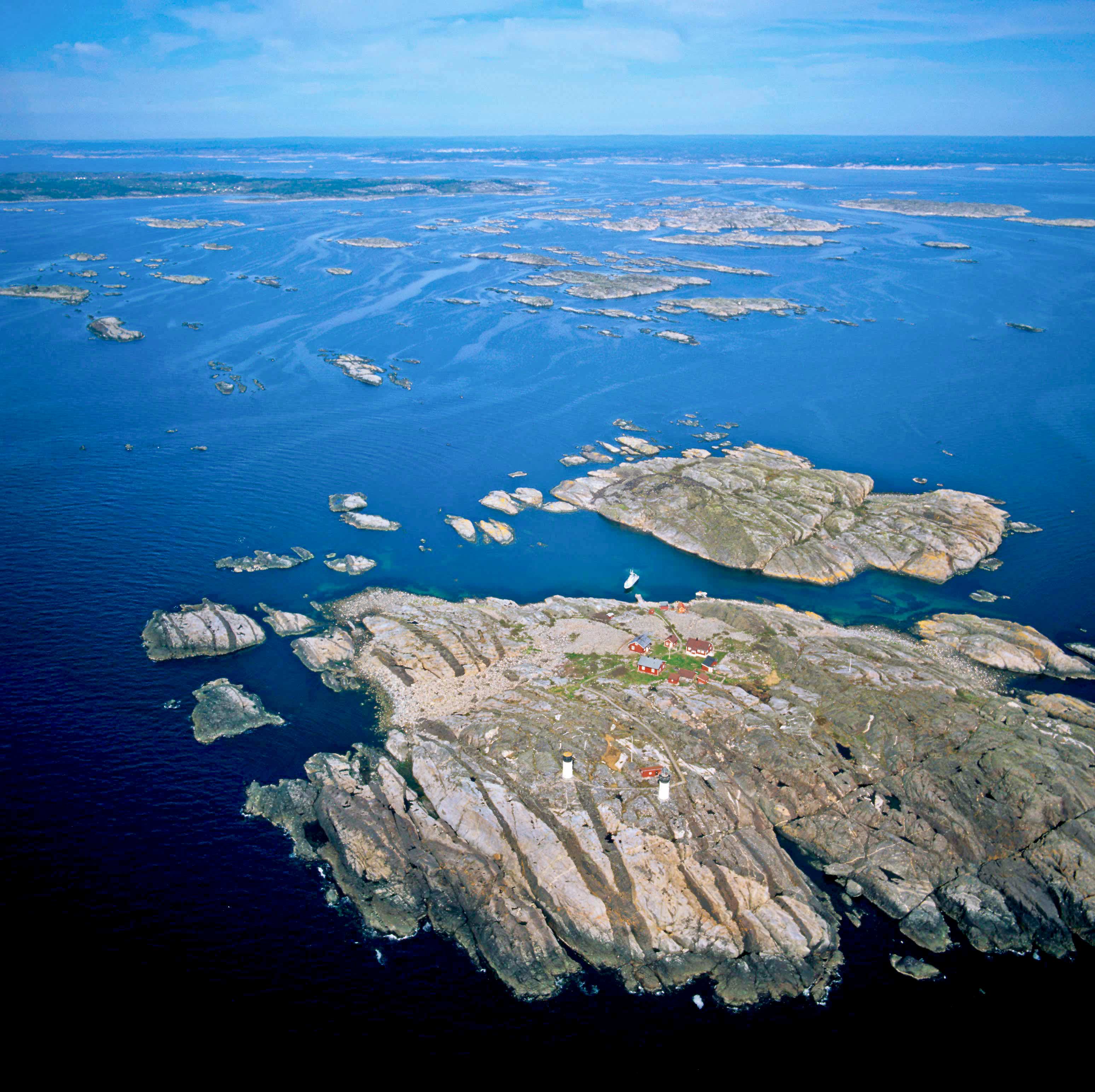Kattsund-Koster Dyke Swarm on:
[Wikipedia]
[Google]
[Amazon]
 The Kattsund-Koster dyke swarm is a collection of dykes of
The Kattsund-Koster dyke swarm is a collection of dykes of
 The Kattsund-Koster dyke swarm is a collection of dykes of
The Kattsund-Koster dyke swarm is a collection of dykes of Mesoproterozoic
The Mesoproterozoic Era is a geologic era that occurred from . The Mesoproterozoic was the first era of Earth's history for which a fairly definitive geological record survives. Continents existed during the preceding era (the Paleoproterozoic), ...
age in southeastern Norway
Norway, officially the Kingdom of Norway, is a Nordic country in Northern Europe, the mainland territory of which comprises the western and northernmost portion of the Scandinavian Peninsula. The remote Arctic island of Jan Mayen and t ...
and the West Coast of Sweden
Sweden, formally the Kingdom of Sweden,The United Nations Group of Experts on Geographical Names states that the country's formal name is the Kingdom of SwedenUNGEGN World Geographical Names, Sweden./ref> is a Nordic country located on ...
. The most prominent outcrops are in the Koster Islands
The Koster Islands (Swedish: ''Kosteröarna'') situated 10 km west of Strömstad, Sweden, comprises an archipelago surrounding the two largest islands, South Koster and North Koster. South Koster has an area of 8 km2 and North Koster an a ...
in Sweden and Kattsund in Norway, hence the name. The dykes are made up of tholeiitic
The tholeiitic magma series is one of two main magma series in subalkaline igneous rocks, the other being the calc-alkaline series. A magma series is a chemically distinct range of magma compositions that describes the evolution of a mafic magma i ...
diabase
Diabase (), also called dolerite () or microgabbro,
is a mafic, holocrystalline, subvolcanic rock equivalent to volcanic basalt or plutonic gabbro. Diabase dikes and sills are typically shallow intrusive bodies and often exhibit fine-graine ...
and some dykes of intermediate composition In igneous petrology, an intermediate composition refers to the chemical composition of a rock that has 5263 wt% SiO2 being an intermediate between felsic and mafic compositions. Typical intermediate rocks include andesite, dacite, and trachyandes ...
. Some dykes are deformed and metamorphosed
Metamorphic rocks arise from the transformation of existing rock to new types of rock in a process called metamorphism. The original rock (protolith) is subjected to temperatures greater than and, often, elevated pressure of or more, causin ...
into amphibolite
Amphibolite () is a metamorphic rock that contains amphibole, especially hornblende and actinolite, as well as plagioclase feldspar, but with little or no quartz. It is typically dark-colored and dense, with a weakly foliated or schistose (flaky ...
. Radiometric dating
Radiometric dating, radioactive dating or radioisotope dating is a technique which is used to date materials such as rocks or carbon, in which trace radioactive impurities were selectively incorporated when they were formed. The method compares t ...
has shown that the dyke swarm is about 1421 million years old. Geologists have suggested that the dyke swarm is related to extensional tectonics
Extensional tectonics is concerned with the structures formed by, and the tectonic processes associated with, the stretching of a planetary body's crust or lithosphere.
Deformation styles
The types of structure and the geometries formed depend on ...
.
See also
*Bohus granite
The Bohus granite ( sv, Bohusgranit) is a type of granite that crops out along the Swedish West Coast in Bohuslän. In Norway the same granites are termed Iddefjord granite ( no, Iddefjordsgranitt), Østfold granite and Halden granite. A large qua ...
*Gothian orogeny The Gothian orogeny ( sv, Gotiska orogenesen) or Kongsberg orogeny was an orogeny in western Fennoscandia that occurred between 1750 and 1500 million years ago. It precedes the younger Sveconorwegian orogeny that has overprinted much of it. The Go ...
*Jotnian
In north European geology, Jotnian sediments are a group of Precambrian rocks more specifically assigned to the Mesoproterozoic Era ( Riphean), albeit some might be younger. Jotnian sediments include the oldest known sediments in the Baltic area ...
*Satakunta dike swarms
The Satakunta dyke swarms are a series of dyke swarms, a group of magmatic intrusions, of Mesoproterozoic age in the Bothnian Sea and western and central Finland. They are made up of Subjotnian diabase dikes, associated with rapakivi magmatism. ...
*Sveconorwegian orogeny
The Sveconorwegian orogeny was an orogenic system active 1140 to 960 million years ago and currently exposed as the Sveconorwegian orogenic belt in southwestern Sweden and southern Norway. In Norway the orogenic belt is exposed southeast of the f ...
References
{{Geology of Fennoscandia Dike swarms Mesoproterozoic magmatism Geography of Østfold Geography of Västra Götaland County Geology of Norway Geology of Sweden